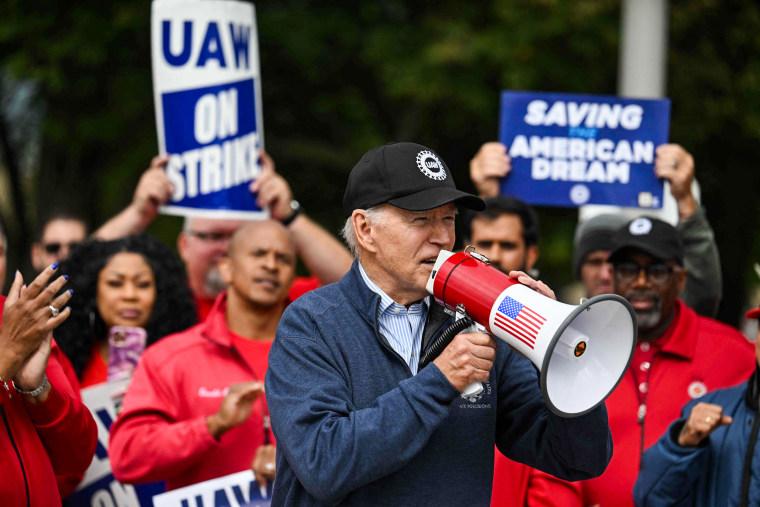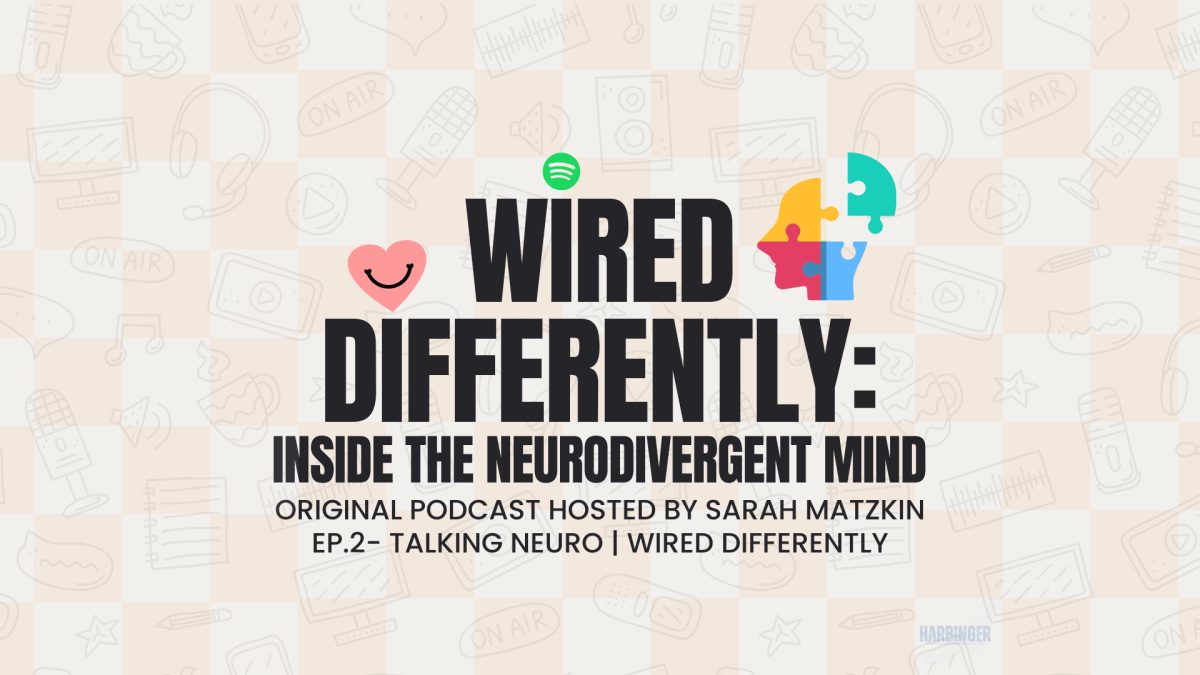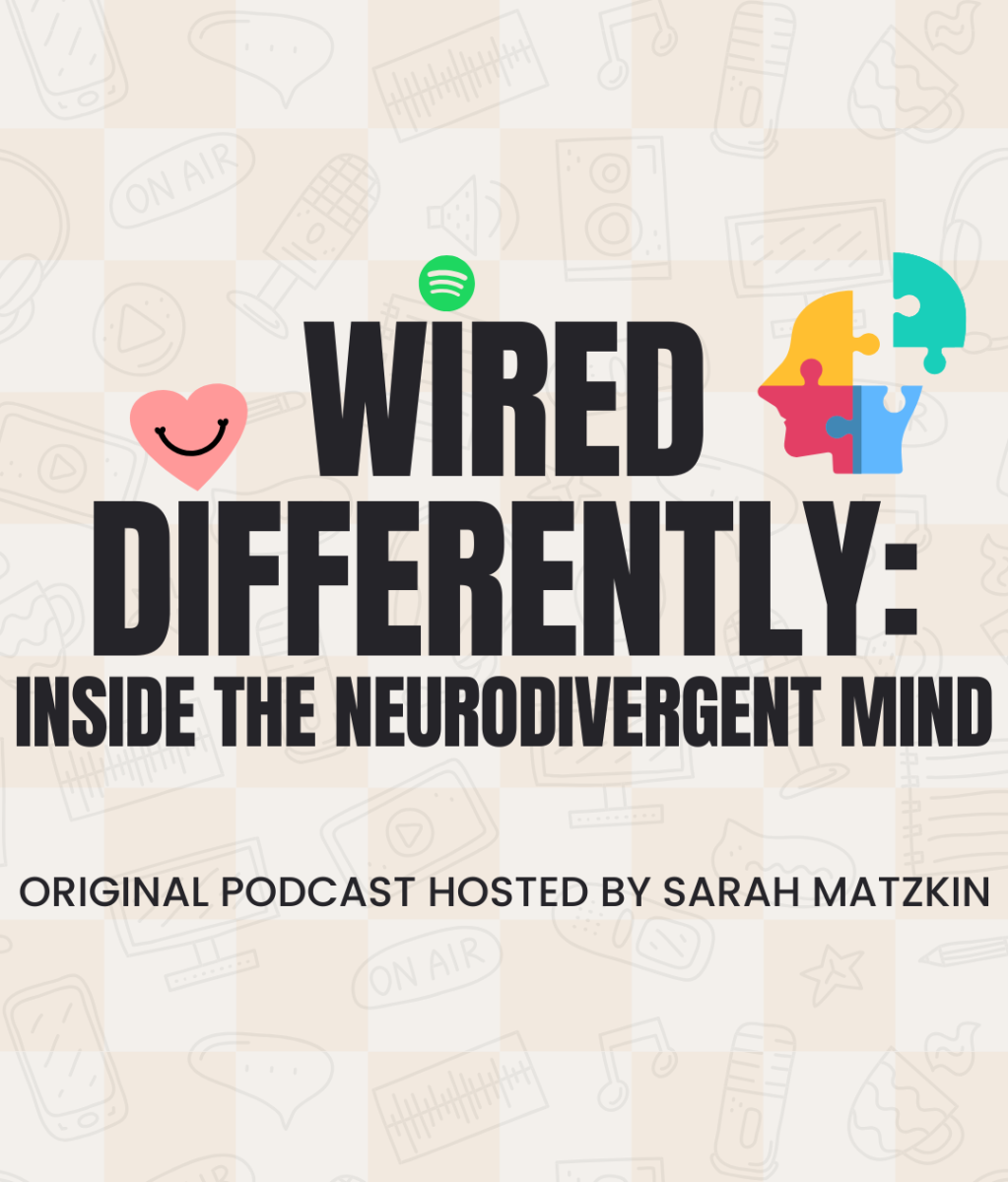For many Americans, the 2023 Writers Guild of America (WGA) strike may have come as a shock, as popular TV programs like Abbott Elementary, Stranger Things and all the late night talk shows were suddenly put on an indefinite hiatus. However, far more was at stake than your favorite TV show, as the strike raised many valid concerns about AI, streaming residuals and overall writer compensation.
However, as someone who grew up hearing adults around me saying that unions don’t work and are bad for workers, it is encouraging to see the shifting attitude towards their effectiveness, especially on such a grand scale.
This is a topic that will soon be striking close to home for many at Harper too, as the contract for our professors is up within the year. While this doesn’t necessarily mean an educator’s strike is incoming, it is a possibility to prepare for if the terms of a new contract can’t be negotiated. Students should be aware of what it means for a union to organize and should be prepared to stand in solidarity for the worst-case scenario.
On Sept. 26, Joe Biden joined the picket line to provide words of encouragement for the United Auto Workers (UAW) currently on strike, marking the first time in history that a U.S. president has stood on the picket line as a direct demonstration of working-class solidarity.
Auto workers are demanding a 40% raise in wages over the span of a four-year contract, taking into account that the three major automotive companies who employ UAW members saw a profit of $21 billion in just the first half of this year. Despite presidential support for the strike, companies like Ford and GM are laying off and idling employees in retaliation, with several other auto companies following suit. Thousands of workers have been affected by the layoffs, which are in response to the costs incurred by the strikes: GM alone has faced an estimated loss of $800 million so far (Crain’s Detroit), with potential losses that could reach into the billions if an agreement isn’t reached. The purpose of these layoffs are to hurt the incomes of those not on strike and to pressure those protesting to compromise their requests.
This is a shameful way for companies to respond, especially in a time of record profits following the corporate wealth hoarding of the pandemic. Profits at the “Big Three” auto companies — Ford, General Motors and Stellantis — increased 92% from 2013 to 2022, totaling $250 billion (Economic Policy Institute). This is exactly why labor unions and solidarity are necessary: these corporations shouldn’t be able to fearmonger and exploit their workers due to their bottom line being hurt.
Similar tactics were used to discourage the WGA in negotiating their contract, with many Hollywood executives in the Alliance of Motion Picture and Television Producers (AMPTP) hoping that strikers would go broke or homeless before an agreement could be made. An anonymous studio executive went on record saying, “The endgame is to allow things to drag on until union members start losing their apartments and losing their houses” (Vanity Fair). This ultimately didn’t work in their favor, prolonging the WGA strike to 148 days — almost 50 days more than the last writers strike in 2007.
The terms of the agreement were tentatively agreed upon on Sept. 27, when 99% of WGA members voted in favor of ratifying the 2023 Minimum Basic Agreement (MBA). The new contract will last through May 1, 2026, and includes many critical changes such as: increased health and pension contribution rates and contributions for writing teams; a ban of using AI to generate source material, along with requiring studios to disclose the use of AI to writers; improvements to screenwriters’ terms; increased residual pay and transparency regarding streaming services, weekly pay increases, premiums, requiring staff writer script fees, adjustments to development rooms and several other minor changes.
While this is a triumph for the WGA on its own, it’s also a great example of how effective unions can be, and is also a reminder that the Screen Actors Guild-American Federation of Television and Radio Artists (SAG-AFTRA) and UAW strikes must continue going strong.
According to a Gallup poll conducted in 2022, 71% of Americans stand in approval of labor unions, which is an increase of 3% from the previous year. This puts unions at the center of collective consciousness and at their highest approval rate since 1965. This increase in approval can be attributed largely in part to the events during and after the pandemic, where many corporations decided to prioritize increasing profits and CEO salaries over the wellbeing of their workers. From 1978-2022, CEO-granted compensation reportedly rose 1,209.2% when adjusted for inflation (Economic Policy Institute).
More than 60% of Americans are living paycheck to paycheck (CBS): a figure that’s the result of many factors including inflation, consumerist culture and corporate greed. This statistic alone highlights the necessity of workers in all industries to know their rights and options when it comes to organized labor action.
The re-evaluation of teachers’ contracts in 2024 could be a pivotal time for the entire Harper community — and the more awareness raised about their union before then, the better. There are many ways to stand in solidarity as outsiders; starting with as small of a gesture as simply asking about a professor’s perspective on the topic, and ranging to physically standing with them in the event of a strike. Many students are members of the workforce in addition to their classes, and regardless of union involvement, the exploitation of working-class people across all industries should not be taken lightly.








